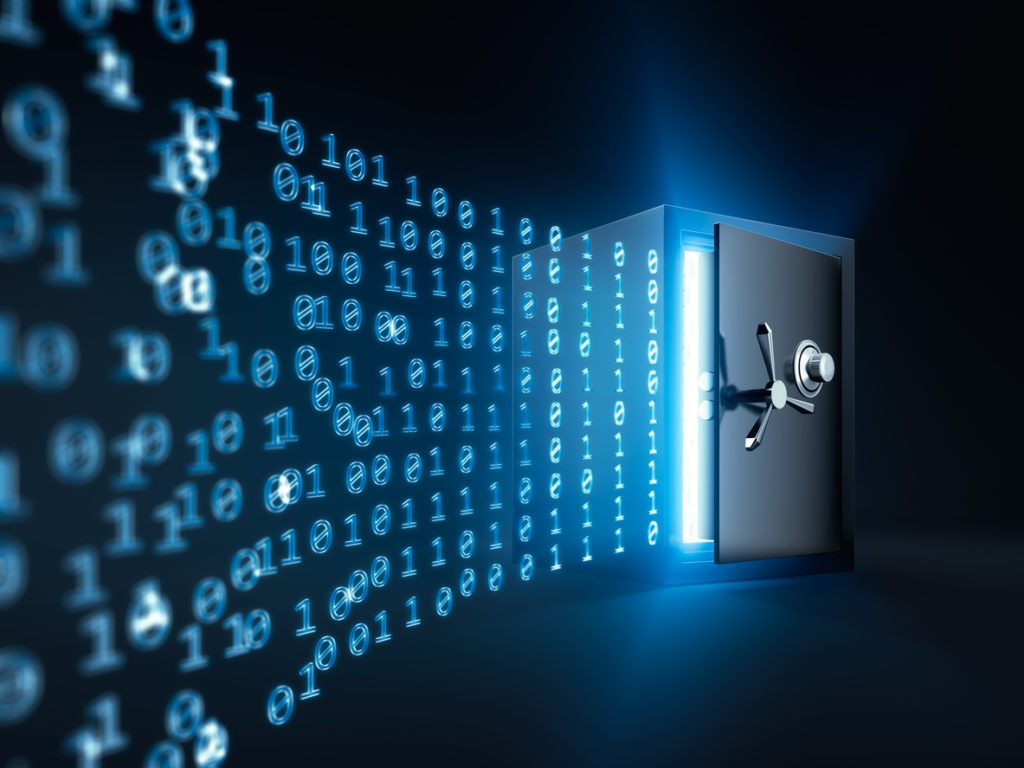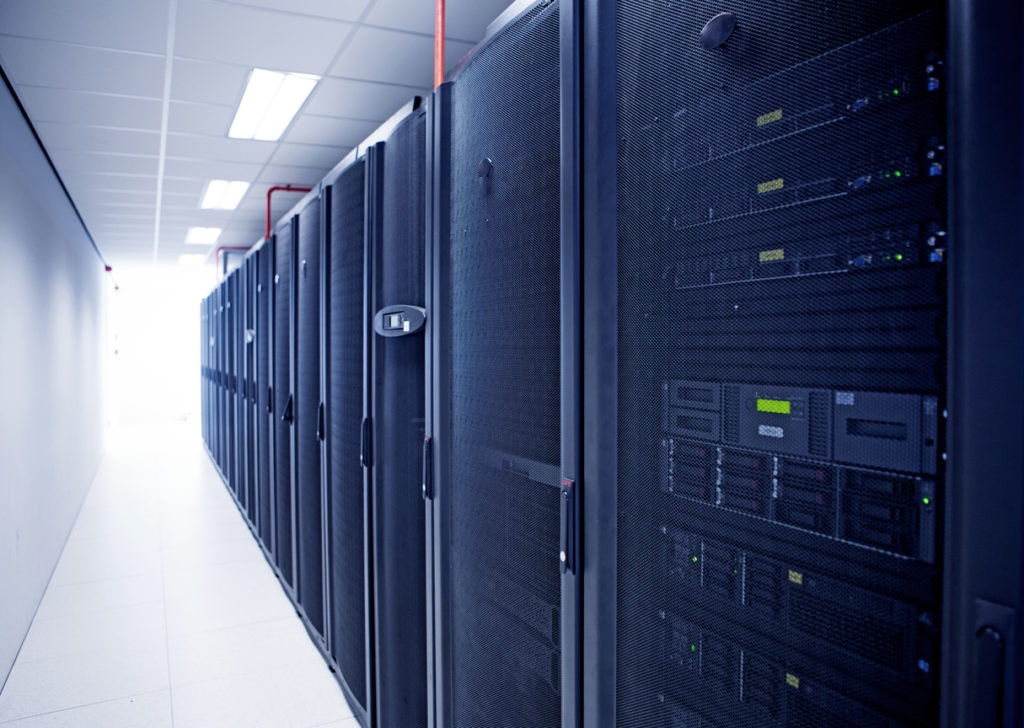Data protection is a complicated endeavor. This is largely because IT is a complicated endeavor, and data protection involves backing up all the data from existing IT deployments while maintaining the ability to bring some or all of that IT back online in case of an emergency. Once, this complexity was a great way to ensure job security for systems administrators. Today, it’s ballooned into a problem for everyone.
Too Much to Do
The ratio of workloads per systems administrator keeps rising, and this shows no sign of slowing. This presents a two-fold problem: First, each workload requires administrative effort, making scaling difficult without significant investment in automation. The second issue is that workload diversity can make automation difficult.
If every workload is manually configured, updated, and installed from an .iso, it doesn't take long before the number of workloads becomes too great for an administrator to handle. Fortunately, systems administrators rarely have to treat all their workloads in this manner. Tools like Microsoft Active Directory are used to configure and control Windows workloads, while
Spacewalk or
Satellite are often used to get a handle on Linux.
As our networks get larger, we turn to more complete management solutions, and we marry those to security information and event management (SIEM) solutions. (SolarWinds has a few to sell to those who are interested.) Once we've grown beyond traditional monolithic management solutions, we turn to proper modern IT automation.
Once our networks are all grown up, they simply must be automated. There's no choice. No organization, not even the Fortune 500, could possibly afford the required number of staff to manually configure, deploy, and maintain workloads at scale.
Unfortunately, the diversity of workloads under management often presents a barrier to automation. Workloads operating on bare metal servers versus physical servers, for example, present differences in managing, backing up, and ensuring that disaster recovery works.
Diverse workloads also increase the number of management points. Administrators must learn to manage more things, which often requires more administrators, and may also require additional software purchases.
As the number of workloads grows, so too does the storage they occupy. This increases not only the amount of storage that must be purchased and installed, but often increases the complexity of installed storage solutions, as well as the effort required to protect that data. All of these challenges drive demand for IT automation, both in production and at the data protection level.
Automating Data Protection
One current end goal of IT automation efforts is creating
composable workloads. A truly composable workload separates the workload's data and configuration from the OSE and the application. Containerization tools, such as Docker, are a favorite tool of those who have achieved composability, but they're by no means the only tools available.
Composability is a popular topic in the DevOps space, but systems administrators at organizations of all sizes can no longer afford to look at it as “just a DevOps thing.” What makes systems administrators justifiably wary is when DevOps aficionados prescribe a hard break with the past, as though automation were simple: Just throw away all of your organization's IT, make everything composable, and the problem’s solved.
In the real world, however, nothing is that simple. Some workloads will probably never be composable. There will always be a few that require manual care and intervention. And even with the composable workloads, data and configuration need to be backed up, and disaster recovery requirements don't go away.
This is the world we live in now. A world where we need to automate just to keep our heads above water, but in which not everything can be automated quickly or easily. While some workloads can be made composable in a day, others might take years, including a lot of back-and-forth with the application developers. Assuming, of course, the developers for the application still exist.
A Practical Approach
Data protection needs to be as automated as possible. Most importantly,
backup and disaster recovery both need to be regularly and automatically tested. Our SIEM solutions also need to be automatable and integrate with our data protection solutions as much as possible.
If we don't have time to keep up with the number of workloads under management, then we definitely don't have time to babysit data protection solutions, or convince our SIEM solutions to monitor the production site, the backup location, and the disaster recovery site. Some or all of this has to be automated.
Stay focused on all your automation efforts. Though they can often seem tedious, your efforts are not in vain.





